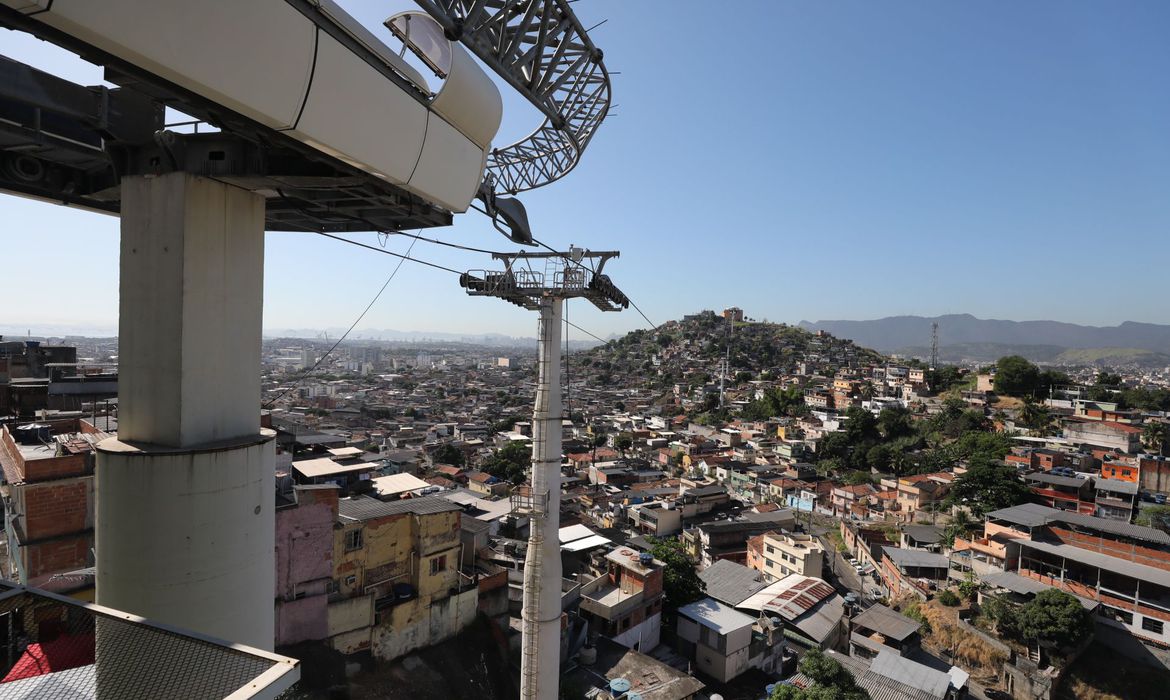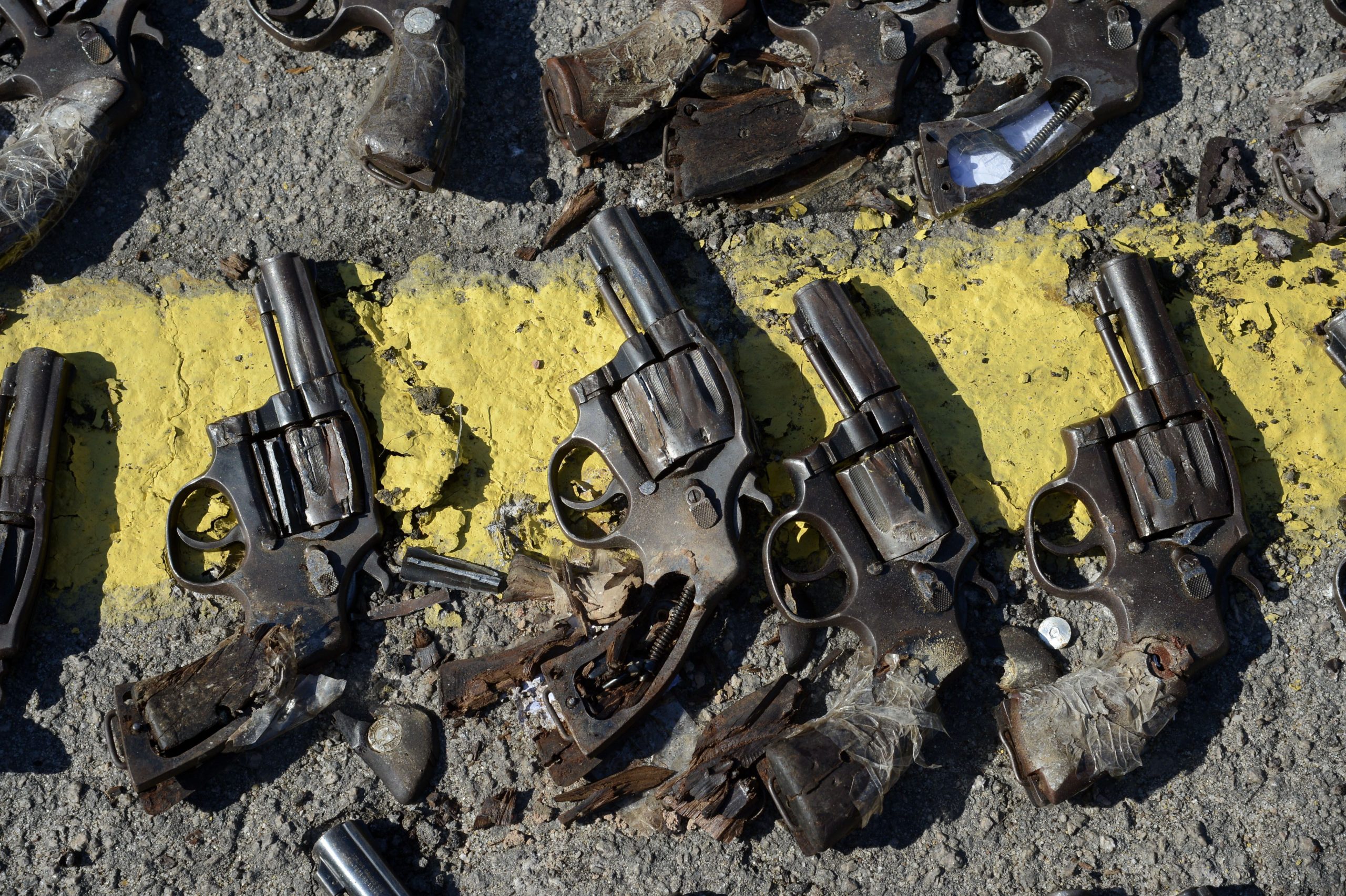ADPF Favelas Case: NGOs ask Supreme Court to require installation of cameras on police officers within 15 days
Human rights organizations and social movements say that recording equipment should be installed as a priority in the BOPE and CORE elite units to reduce police lethality during police raids in the favelas
 Chacina deixou pelo menos 18 mortos no Complexo do Alemão.
(Foto: Rafael Campos)
Chacina deixou pelo menos 18 mortos no Complexo do Alemão.
(Foto: Rafael Campos)
Human rights organizations and favela movements – participants in ADPF Case 635, known as the ADPF Favelas Case – asked the Supreme Court on Wednesday, August 3, to require the State of Rio de Janeiro to install audio and video cameras on the uniforms and vehicles of the elite military police units BOPE and CORE, and also in the police stations located in areas that suffer from the highest rates of police lethality.
Read more: Law enforcement: the role of body cameras on uniforms
The petition filed with the Supreme Court also requests that, if it is not possible to install new cameras within the established time frame, the Rio de Janeiro state government should transfer equipment from other units with lower rates of police lethality.
The request came after yet another massacre in Rio de Janeiro. This time in the Alemão favela complex, on June 21, when at least 18 people were killed. Both BOPE and CORE participated in the police action.
Body cameras on uniforms
The plaintiffs have already requested in the case that the state government install GPS and audio and video recording systems in police vehicles and uniforms, prioritizing officers who work in poor communities. In May of this year, the state government began installing the equipment in Military Police units in upscale neighborhoods such as Leblon and Copacabana.
According to the lawyer Gabriel Sampaio, coordinator of the program to Combat Institutional Violence at Conectas, the use of technology to reduce police abuse and lethality is welcome, and the measure has also contributed to reducing deaths among police officers.
“The use of cameras is one of the key measures to combat police violence. Data [also from the Military Police Internal Affairs Office] demonstrate their importance, namely the reduction of up to 85% in police lethality in São Paulo. The measure also led to the reduction of deaths among police officers, of 78%,” said Sampaio. “To continue the good results, however, it is important for the measure to be accompanied by a guarantee of transparency and effective social control, through the participation of civil society organizations, and external control, through the Public Prosecutor’s Office, with regard to the use of images.”


